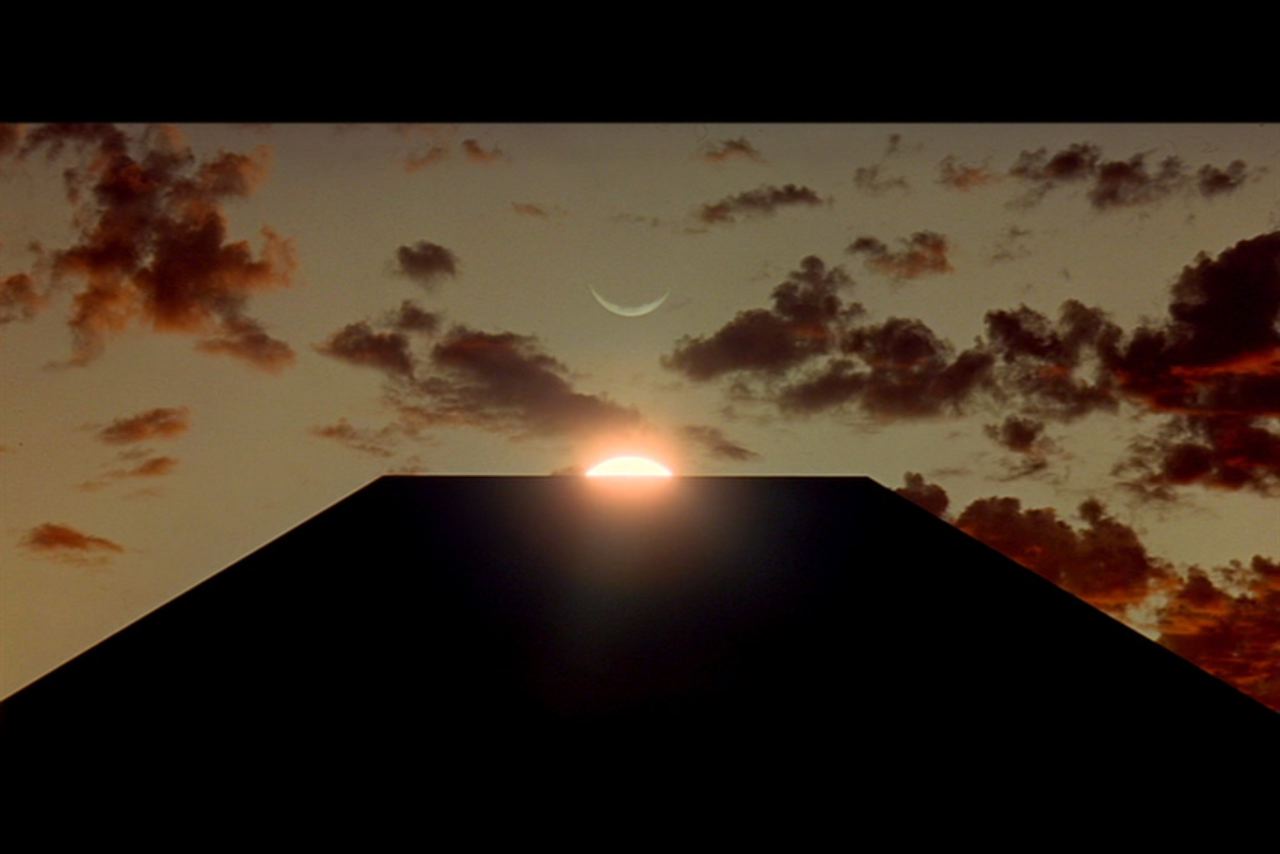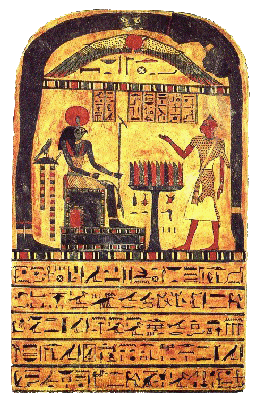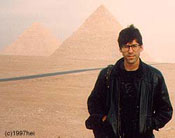Heard on the radio yesterday that the new James Bond movie will be called
Bond 23. I'm not a huge James Bond fan, just find it interesting that the number 23 finds itself receiving more and more attention in the public eye. The
23 Enigma first became more explicitly known to a small segment of the public in Robert Anton Wilson's book
Cosmic Trigger. The engima basically concerns the preponderance of strange coincidences with the number 23.
I wrote this whole post then discovered an article online claiming that
Bond 23 was a working title only. It won't be the final name apparently. The info I heard on the radio appears wrong. I'm so disappointed! Who can you believe if you can't believe talk radio? Oh well, what follows gives my take on the subject regardless.
Wilson first heard about the
23 Enigma from William Burroughs who began noticing it from peculiar synchronicities with that number and death. Both writers began keeping records of odd coincidences and both noticed that 23 occurred an inordinate number of times. Wilson writes:
I accepted the 23 enigma as a signal that I should attempt to decipher.23 also turns out to carry much significance in Crowley's Qabalah as the group who participated in RAW's online Crowley course discovered. Burroughs associated 23 with Death from experiences he had. Key number 23 corresponds with the Hanged Man in the tarot which suggests death. The 23rd Hexagram in the I Ching is called
Splitting Apart which also suggests death.
From the List of Primes in
777 we see that 23 =
The glyph of life - nascent life. A glyph is:
A hieroglyphic character or symbol; a pictograph. In other words 23 = a symbol of new life.
From the Sepher Sephiroth list of words equivalent to 23 we see it correspond to:
Parted, removed, separated
Joy
A thread
LifeAll this suggests to me the death/rebirth archetype. But there's more. The association with
a thread recalls the classic, albeit cliche instruction when in the bardo to:
maintain the thread of consciousness. Cliche it may seem but it also happens to convey extremely good advice. Obviously we would easily remember our past lives if able to maintain the thread of our consciousness through physical death. But we don't have to go there, to postulate reincarnation or speculate about life after death to benefit from this invaluable instruction.
P.D. Ouspensky gave the same advice, I don't remember where, when discussing the attempt to keep consistent practices of inner work. He said something to the effect that sometimes you'll fall so far from your work that you'll feel much more asleep than you ever have before, but if you try keeping even a very slight thread of remembrance to your aims and practices you can get through this negative side of the cycle.
Anyone who attempts the slightest amount of self-observation will soon discover a collection of self-contradictions. One moment I'm resolutely determined to lose weight. That evening my wife makes an incredible banana split with hot chocolate sauce and nuts for dessert that I can't pass up. This crude example seems common to everyone's experience though the details vary.
Further self-observation reveals that we seem to be slightly, sometimes drastically, different in every new situation. As the environment changes, we change with it as we react to different circumstances. In the Gurdjieff system they refer to this phenomena as "many I's." They say that as we appear now, we do not possess a unified "I" but rather a collection of small "I's" liable to change on a whim and often at odds with each other. If you stand between two mirrors angled in such a way to see multiple reflections of yourself you'll get a poignant graphic display of this idea.
So how do we go about forming a unified "I", one consistent from moment to moment and day to day? One method I recommend appears the first and most basic task in the Crowley system: discover, formulate, find your True Will and align yourself to it. Why am I here? What is my purpose or mission in this life? If I could do anything I like, money and time being no obstacle, what would I do? Answering these questions can help with that discovery. In Crowley's system, the Holy Guardian Angel represents the unified "I."
Another method harks back to the aforementioned instruction to "
maintain the thread of consciousness." If I can remember my resolution to lose weight when presented with the temptation of a banana split then I might get unified enough to pass on it or only eat half.
To bind together as one seems exactly what we wish for a unified "I" also called a "Big I" - as opposed to all the little I's with their own agendas.
To bind together as one appears as an original definition of the word
religion. In the 60's Timothy Leary suggested, to anyone who would listen, the advice:
start your own religion. Pretty sure he didn't mean to impose an ideology to oppress others with dogma and get rich as some of the new fangled "religions" have, probably taking their cues from some manifestations of traditional organized religions. From the context Leary gave this suggestion, I suspect he meant religion as originally defined:
to bind together as one which we see as a method for forming a big, unified I or, alternatively, as a method for discovering and aligning to True Will. Leary saw himself carrying on Gurdjieff's work as well as Crowley's.
Starting your own religion introduces the idea of regarding your life and daily activities as sacred, which brings about the use of a special kind of presence and attention. Perhaps the aspect of Joy from the 23 glyph enters here? A good literary presentation of making daily life and ordinary routines sacred occurs in James Joyce's
Ulysses, a book modeled in form after Homer's epic poem the
Odyssey which concerns the ancient Greek hero Odysseus and the adventures on his prolonged journey home.
Like many fans of Robert Anton Wilson, when I first encountered his works and for several years after, I began having lots and lots of unusual coincidences with 23. Too many to write off as selective perception though there were some that fit that category. I usually regarded them as an indication of my awareness of a new life as a spiritual being, evidence of going in the right direction.
To give one example: On July 23rd, 1983 I did pay attention to any 23s that might crop up. The band I was worked for at the time, The Tickets, had a small party the night before in honor of my leaving the band to attend recording school in New York. Got up at noon. Went to a convenience store and saw a photo in a magazine with the caption, "
on Aug. 23, 1974 John Lennon saw a U.F.O. flying over New York City." Fans of
Cosmic Trigger will recognize the July 23rd date as the day the star system Sirius reputedly has the greatest effect on Earth, so the U.F.O. sighting over where I was going seemed relevant. A small coincidence there. The one that really got me though - at 2:30pm an old movie came on which was about a young man preparing to leave his home to go to school in New York - exactly what I was going through. To top it off, the actor playing the young man was a young Mickey Rooney. Mickey was the name I was called by until High School because my given name was the same as my Father's and Grandfather's and they had first dibs. Then I found that some of the dialog, when interpreted in a different context, sounded like communications from an Inner School of some kind. So I took all this as an indication of alignment to True Will by making the decision to move to New York.
The unique thing about the 23 glyph as a symbol of the death/rebirth archetype/formula - it specifically references the bardo by the correspondence with
thread. You don't instantly go from death to rebirth, an in-between phase occurs even if it eludes awareness most of the time. This in-between death and rebirth phase, aka the bardo, marks the space where meta-programming can be done ie programming your programming. A formula suggesting how to do this appears in
Cosmic Trigger. The bardo has also been called the space of choice-points.
So I now also see the 23 glyph as one communication device to make the death/bardo/rebirth formula more explicit as a viable and extremely useful technique for brain change. If you look at the pathway that lies between 2 and 3 on the Tree of Life you might get some useful hints there relative to bardo voyaging and brain change.
23 corresponds to the Hebrew letter Mem which opens up other avenues of useful inquiry. I'll just say that (perhaps this stretches it too far but sometimes you don't know how far to go until going too far) mem occurs as the root of remember which recalls Gurdjieff's prime instruction to
remember yourself ie maintain the thread of consciousness.
So I'm glad to see 23 emerging more and more in popular culture. The first instance I'm aware appeared in the Max Headroom television show. Network 23 was the station the main characters worked for.The Movie
Who Framed Roger Rabbit begins with a Baby Herman cartoon that seems a very accurate illustration of the trials and tribulations regarding the birth of the new Aeon of Horus. Immediately following is a comment about how they did 23 takes of it. This movie has a lot of useful information.
Whether
Bond 23 relates to the 23 enigma, I do not know, except that ... I wrote this blog, so it does now. It's the first Bond film to only use a number in the title. The director, Sam Mendes, has a track record that includes a good film narrated from the bardo perspective called
American Beauty.
James Bond creator, Ian Fleming was an acquaintance of Aleister Crowley's. He was the agent for British Intelligence who suggested that Crowley interview Rudolph Hess when Hess defected to England in W.W. II
Finally and unrelatedly, although I'm a bit late getting this out, a group is assembling over at
alt.fan.rawilson to do a read through of the Thomas Pynchon book
Against the Day. It starts in a couple of days with a plan to read 4 pages a day. Anyone is welcome to join in.









